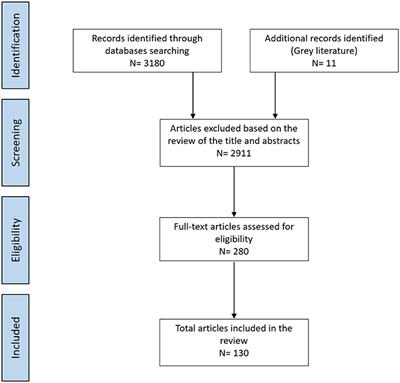
Introduction
In an era of heightened global health challenges, the role of pandemic surveillance systems has become increasingly vital. This article delves into the significance of these systems in safeguarding public health, highlighting their functions, technologies, and the impact they have on global response efforts.
The Foundation of Effective Surveillance
At the heart of effective pandemic management lies a robust surveillance system. Pandemic surveillance involves the systematic collection, analysis, and interpretation of data related to the spread and impact of diseases. The foundation of these systems rests on real-time data acquisition, allowing health authorities to make informed decisions swiftly.
Early Detection and Rapid Response
One of the primary functions of pandemic surveillance systems is early detection. Rapid identification of potential outbreaks is crucial for implementing timely response measures. Surveillance systems utilize advanced technologies, including artificial intelligence and predictive modeling, to analyze patterns and detect anomalies in health data, enabling authorities to act before a situation escalates.
Technological Innovations Driving Surveillance
The landscape of pandemic surveillance has been transformed by technological innovations. Advanced data analytics, machine learning algorithms, and big data capabilities enhance the efficiency and accuracy of surveillance systems. These technologies not only enable early detection but also provide insights into the dynamics of the spread, aiding in strategic response planning.
Global Collaboration in Surveillance
Pandemics know no borders, emphasizing the need for global collaboration in surveillance efforts. Countries, international organizations, and research institutions must work together to share information, resources, and expertise. Collaborative surveillance networks ensure a collective response to emerging health threats, fostering a united front against global pandemics.
Integrated Monitoring of Zoonotic Diseases
Surveillance systems play a crucial role in monitoring zoonotic diseases—those transmitted between animals and humans. Integrated monitoring at the human-animal-environment interface is essential for identifying potential sources of new infectious agents. This proactive approach aids in preventing the spillover of diseases from animals to humans, mitigating the risk of pandemics.
Remote Sensing and Geospatial Surveillance
Remote sensing and geospatial technologies contribute to the spatial analysis of disease spread. By monitoring environmental factors, population movements, and geographical patterns, surveillance systems can predict and track the transmission of infectious diseases. Geospatial surveillance enhances the precision of response efforts, targeting areas at higher risk.
The Role of Telemedicine in Surveillance
Telemedicine is an integral component of modern surveillance systems, especially in the context of pandemics. Remote healthcare services, virtual consultations, and telemonitoring contribute to data collection while minimizing physical contact. Telemedicine enhances the efficiency of surveillance by allowing for the monitoring of symptoms and providing healthcare access without risking the spread of the virus.
Privacy and Ethical Considerations
While surveillance systems offer immense benefits, they raise ethical and privacy considerations. Striking the right balance between public health needs and individual privacy is paramount. Implementing robust ethical guidelines ensures that surveillance practices are conducted transparently, respecting individuals’ rights and fostering public trust.
Capacity Building and Preparedness
Investing in the capacity of countries to establish and maintain effective surveillance systems is crucial for global preparedness. This involves providing training, technology transfer, and financial support to enhance the capabilities of healthcare professionals and institutions in implementing and sustaining surveillance efforts.
Conclusion with a Call to Action
In conclusion, pandemic surveillance systems are the linchpin of global health resilience. From early detection and rapid response to technological innovations, global collaboration, zoonotic disease monitoring, and ethical considerations, these systems shape our ability to confront health crises. By embracing and advancing surveillance capabilities, we fortify our collective defenses against the unpredictable nature of pandemics.
For more information on Pandemic Surveillance Systems and their impact on global health, visit GreenCitizens.net. Explore how surveillance is safeguarding our communities and contributing to a resilient future.



